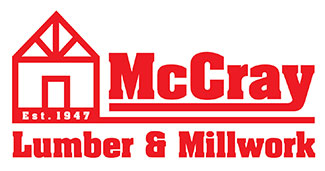When building or remodeling a home, many homeowners give very little thought to their interior doors, often selecting the same builder-grade flush or panel door for every door in the house. While this meets the functional need, it doesn’t always provide aesthetic value. Interior doors are one of the most visible design elements in your home and offer a visual impact that should not be undervalued.
Interior doors fulfill a number of functional needs, including providing privacy and security, buffering noise, and providing separation between rooms. They need to be able to stand up to constant use. It is possible to find interior doors that meet all of these needs without sacrificing style.
Interior doors are mostly commonly constructed of MDF, wood, metal or glass. They may be painted or stained. Styles include flush doors, doors with panels, and French doors. Glass panels are sometimes incorporated into some interior door styles. Interior doors may be simple or have intricate designs.
When selecting interior doors for you home, you don’t have to choose the exact same door for every room in your home but you should select doors that are either the same color, finish or general style to ensure consistency and cohesion throughout your home. While most interior doors are painted white, using color or natural wood colors can add sophistication and dramatic impact.
Keep the size and style of your rooms in mind when selecting doors. You want to select a style and finish that will complement your home’s décor. Wood doors lend themselves well to contemporary décor while metal and glass support a sleek, modern style. Mirrored doors can make a small room look larger. French doors can create a striking entrance to a formal dining room but may completely overwhelm a small room.
The experts at McCray Lumber and Millwork can help you find the perfect interior doors for your home. We offer a wide selection of beautiful interior doors in all styles from vendors such as TruStile, Simpson, Masonite, Doorland Group, and more. And don’t forget the final touch – the hardware.

